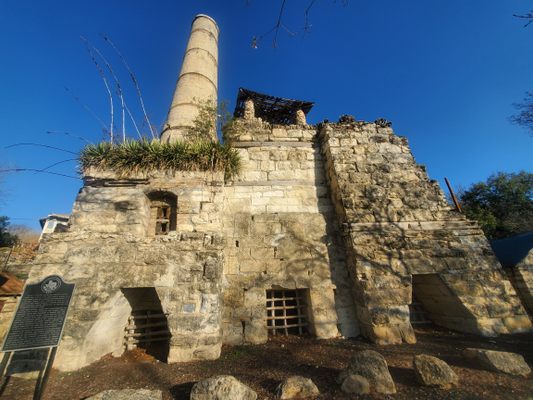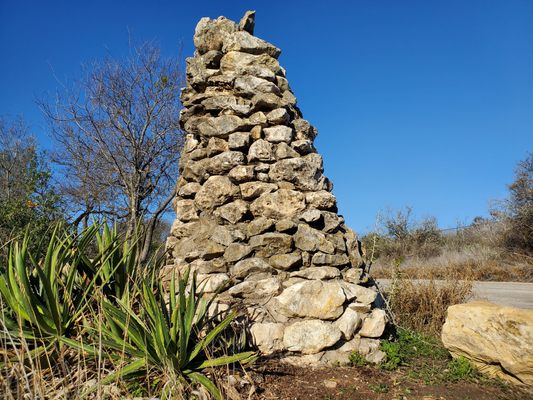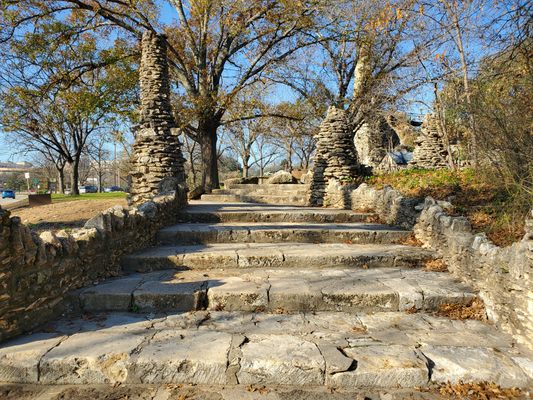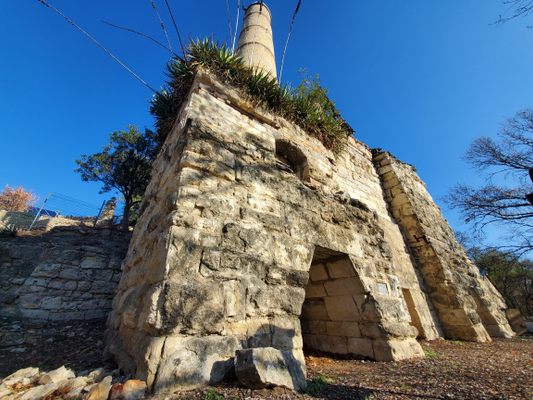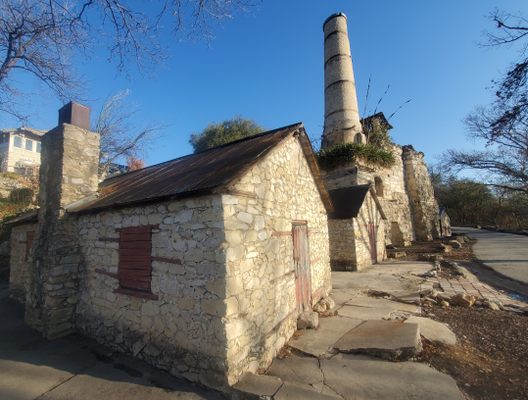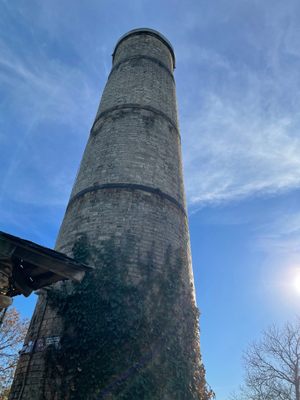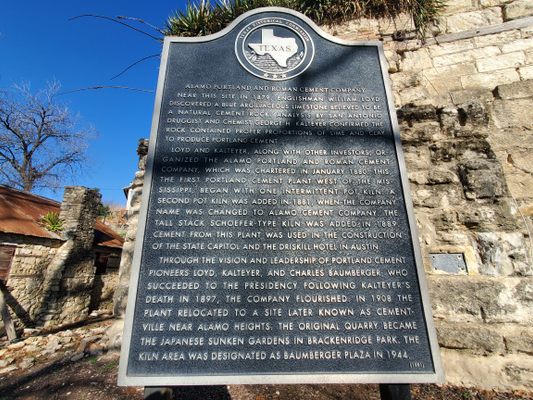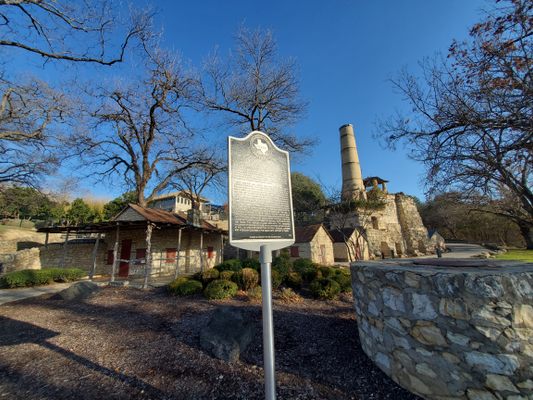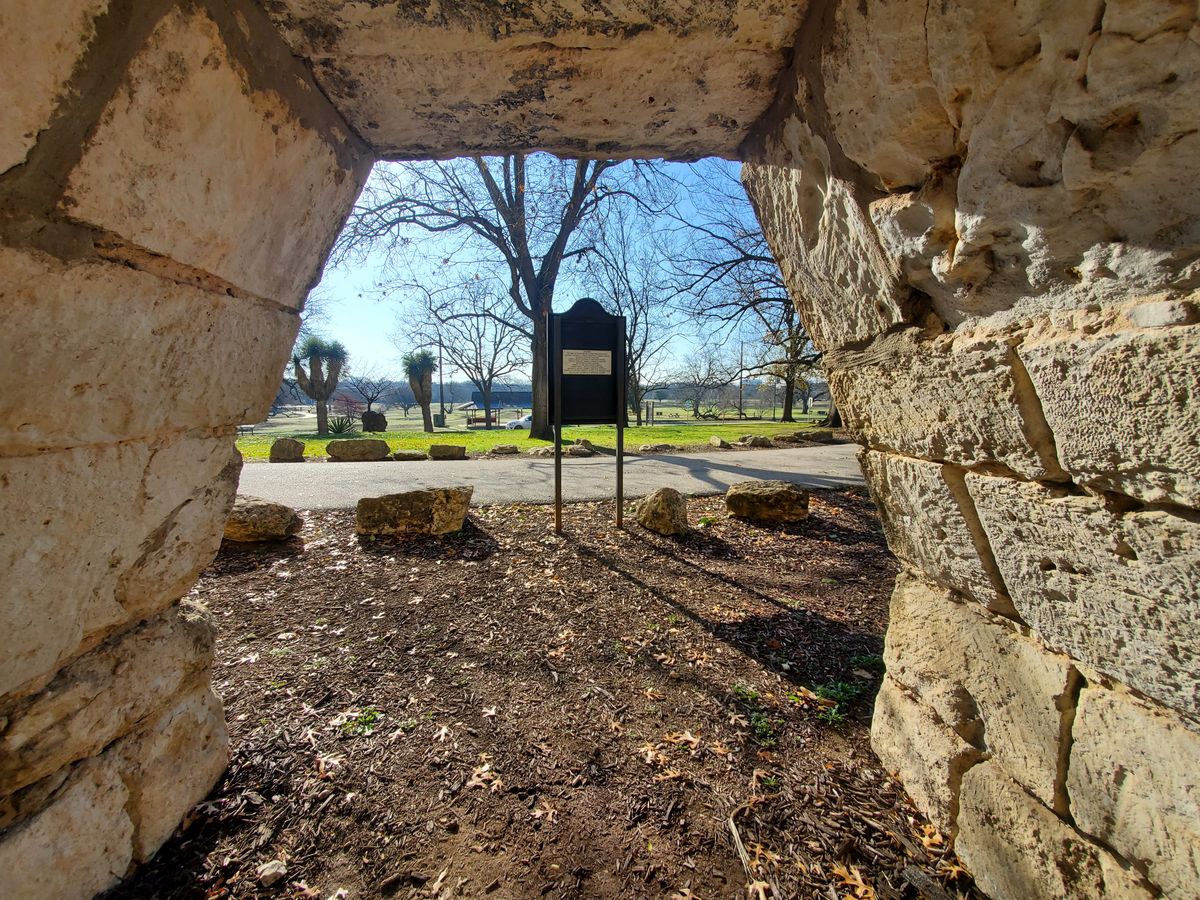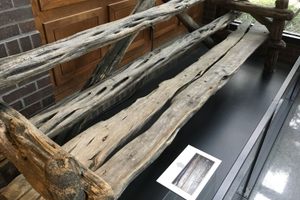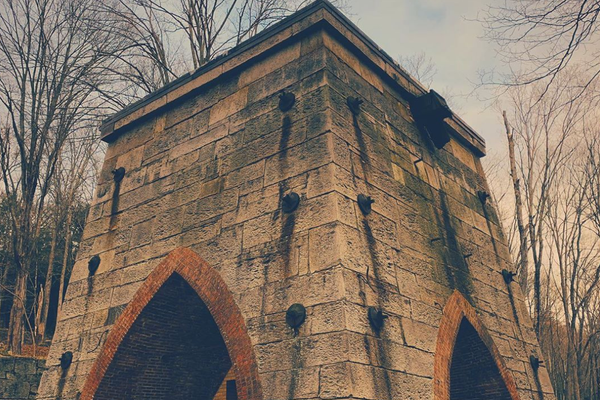About
These industrial ruins offer an up-close encounter with a cement plant that spurred the use of a new type of building material out west. Though the plant was short-lived, its legacy has endured thanks to both buildings it left behind and the ones its product help build.
In 1880, the Portland Cement Plant opened in San Antonio, becoming the first plant of its kind west of the Mississippi River. It was built to dig and process blue argillaceous limestone, which was believed to be a natural cement rock. The business grew throughout the 1880s until it became the Alamo Cement Company.
The cement processed on this spot helped build the Texas State Capitol building in Austin, as well as many other prominent structures around the state. By 1908, however, the resources at the site had already been depleted. The company changed places, abandoning the plant as it moved on to more lucrative grounds.
The giant smoke stack, which was built in 1889, still remains, even though its days of sending smoke and steam billowing into the air are long gone. Several of the smaller buildings are boarded up and have plants growing out of their roofs, proof that nature is trying to reclaim the site. Wandering around the ruins reveals graffiti like names and love notes carved into the bricks. A peek through the windows of the buildings offers a glimpse of some original cement processing equipment.
The cement plant left more in its wake than just these ruins. The company also abandoned its enormous quarry, which was later transformed into the Japanese Tea Garden.
Related Tags
Community Contributors
Added By
Published
March 20, 2018


